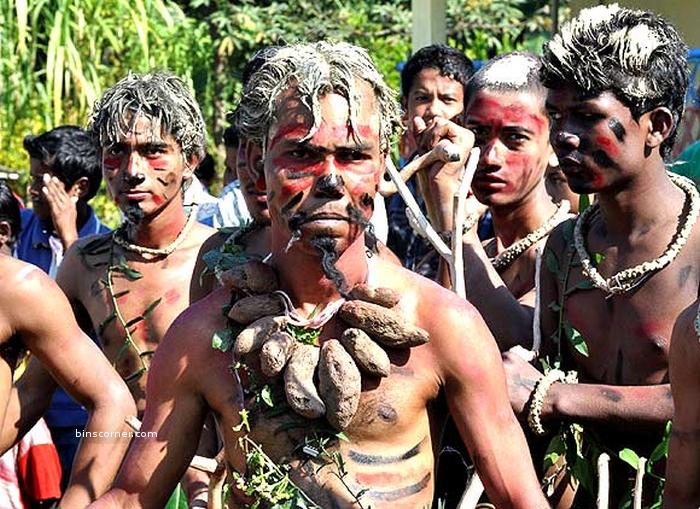Where Magic Meets Reality
Black magic in Mayong

On the fringes of the ordinary, normal world, there exist places where the boundaries between science and the paranormal start to blur. These are places where the normal rules of existence don't seem to apply. On such place exists deep within the valleys of Assam where the mystical and the magical is a way of life, a place called Mayong, the land of black magic.
Situated at a distance of 40 km from Guwahati, Mayong takes its name from the word 'Maya' meaning land of illusion. Another theory says that Mayong refers to 'part of Godess Shakti', Maa for the Godess and 'ongo' for the part.
Considered as the cradle of black magic during the rule of the Ahom kings, Mayong was a place where only the foolhardy brave or the recklessly daring would consider setting foot in. Such was the fearsome reputation acquired by this place.
Legends and myths about this place abound in number. Magic practitioners known locally as 'Bez' would be the go-to person for anyone wishing to resolve disputes, seek justice, extract revenge or to cure illnesses.
Although there are no records as such, stories of men being turned to animals, having objects stuck to their backs, visitors suddenly finding themselves unable to leave the village a la Bunuel’s Exterminating Angel have become popular urban legends. Even in the present day, people shudder at the thought of the place.
But the fear associated with Mayong, these days, exists more in the mind than in reality. Today Mayong is a sleepy village with no air of menace about it. A local bez who claimed to still practice magic said, “The stories about Mayong are all true. But these days, there are hardly two or three families left who still practice occult arts. Also our powers have been declining with each generation as youngsters are abandoning this art.”
Magic spells either written down on pieces of bark or spoken orally would be passed down from generation to generation. These were to be treated as family heirlooms and were to be guarded with care, lest they fell into the wrong hands or worse, got destroyed.
The latter unfortunately is coming true. The cultural heritage of Mayong is slowly declining with the destruction of several written texts. But a positive step has been taken in this regard with the establishment of a small museum in the village itself where these artifacts have been preserved lest they pass out of memory. The National Mission for Manuscripts, a division of the Union Ministry of Culture, has also undertaken a project with the Srimanta Sankardev Kalakshetra in Guwahati, to preserve the manuscripts. A documentary called Mayong: Myth/Reality by filmmaker Utpal Borpujari also seems to have succeeded in drawing more attention towards this place.
There hasn’t been any research carried out into the occult practices of Mayong. Because of the shadow of fear that still lies over it, this place has not been able to capitalise on its enormous potential for tourism. What the does the future hold for this land of magic? Only time will tell.


